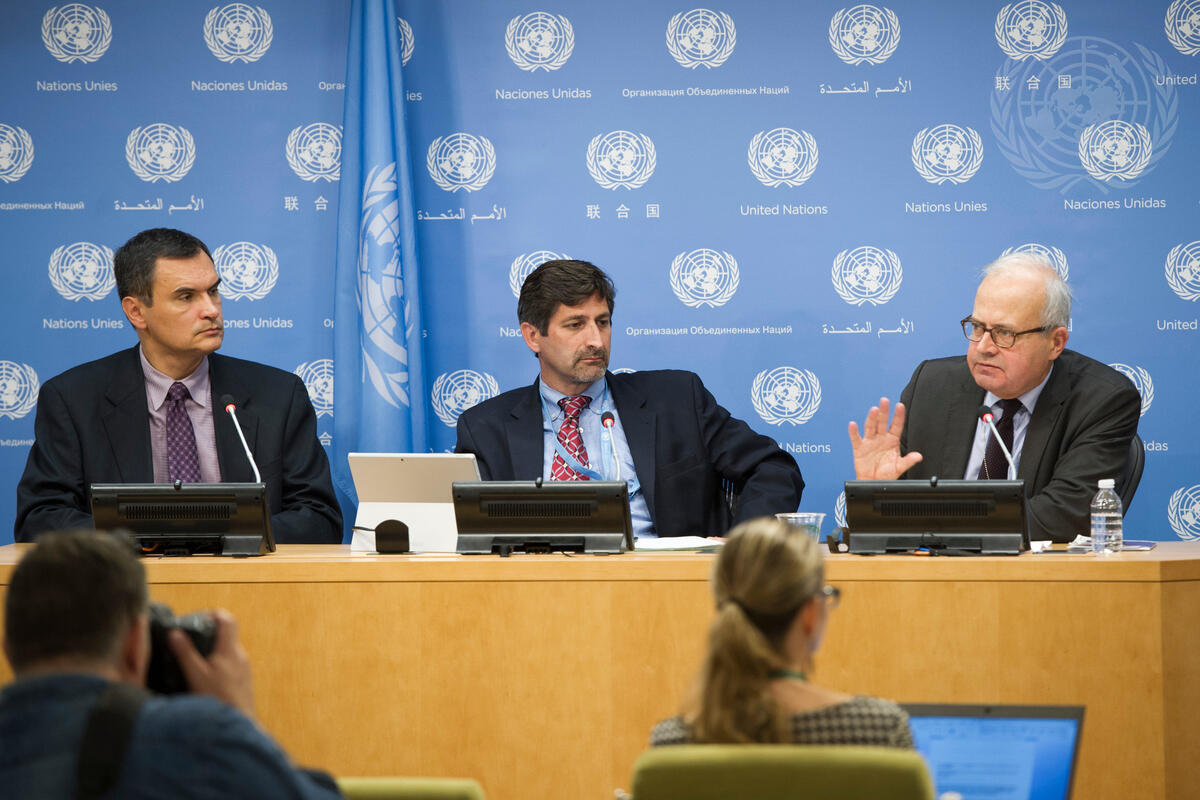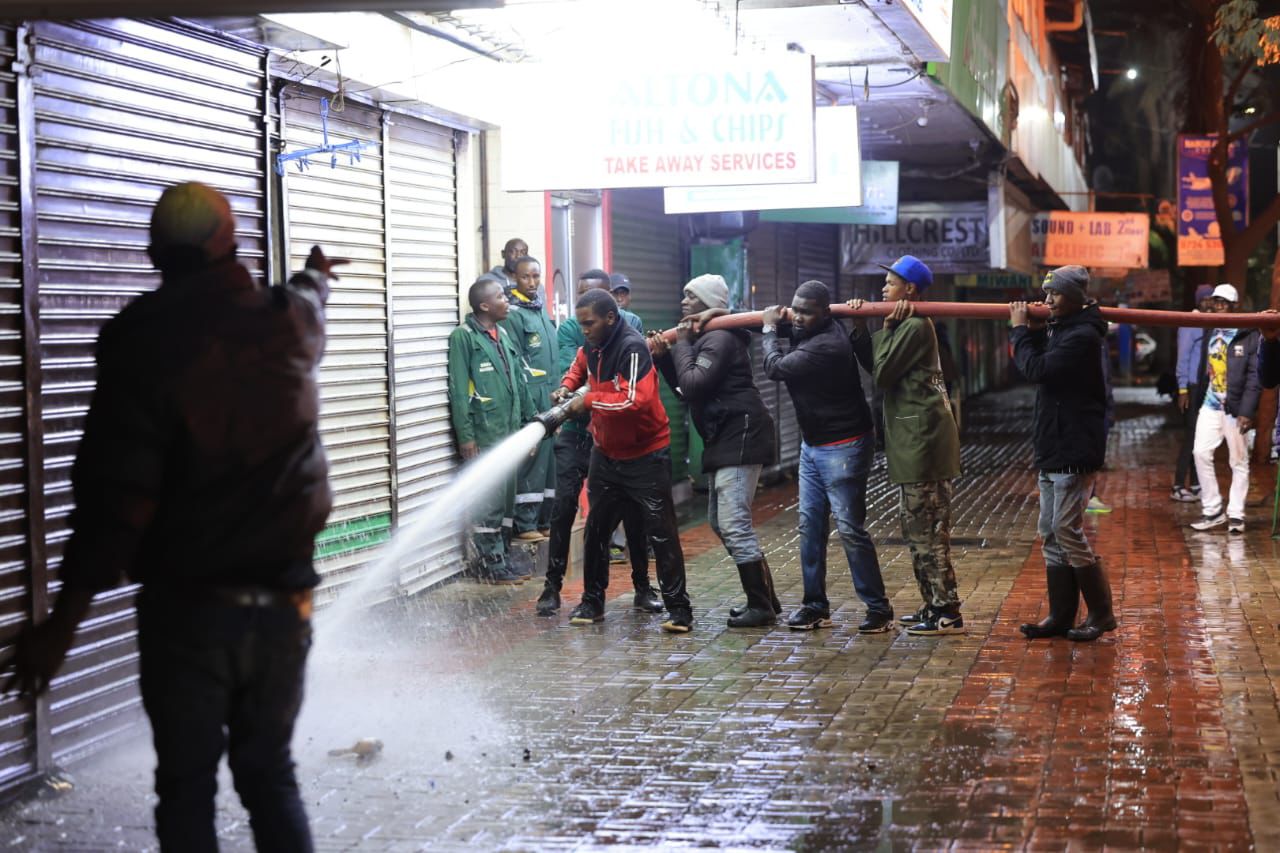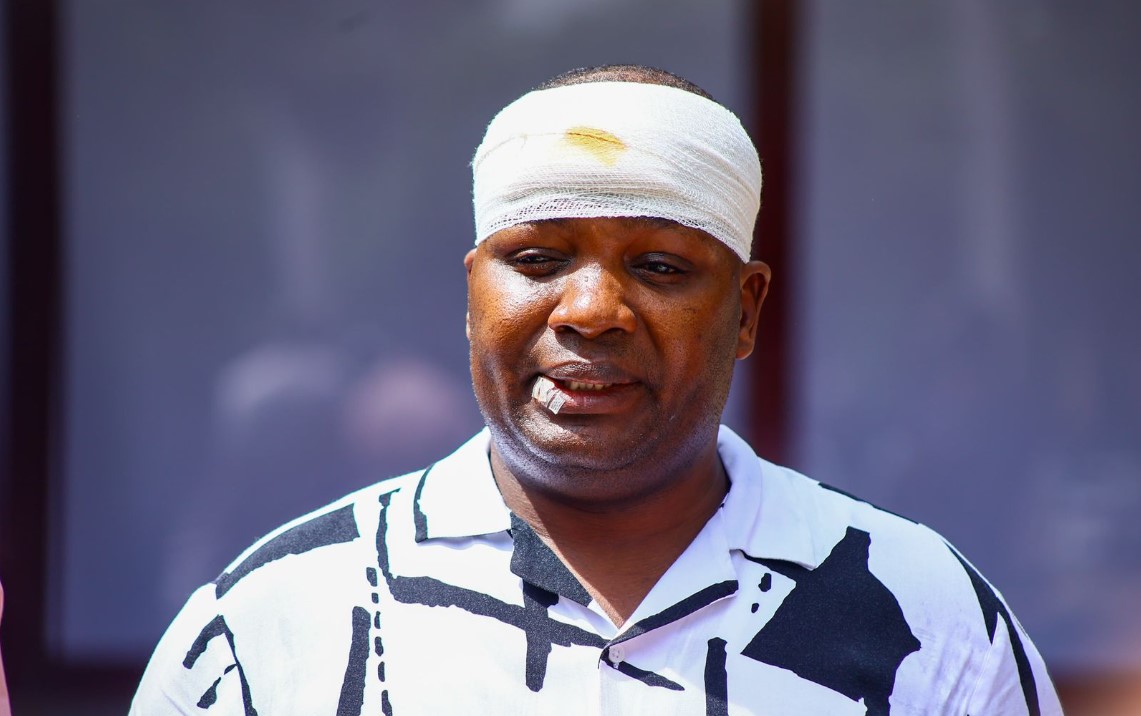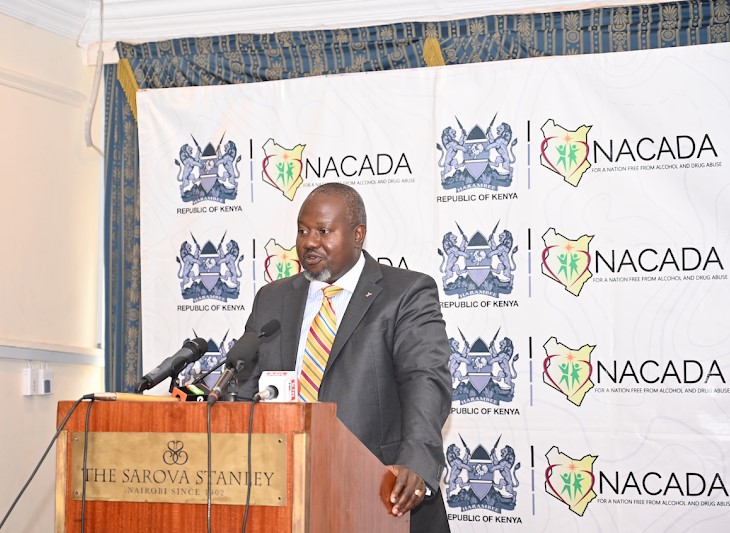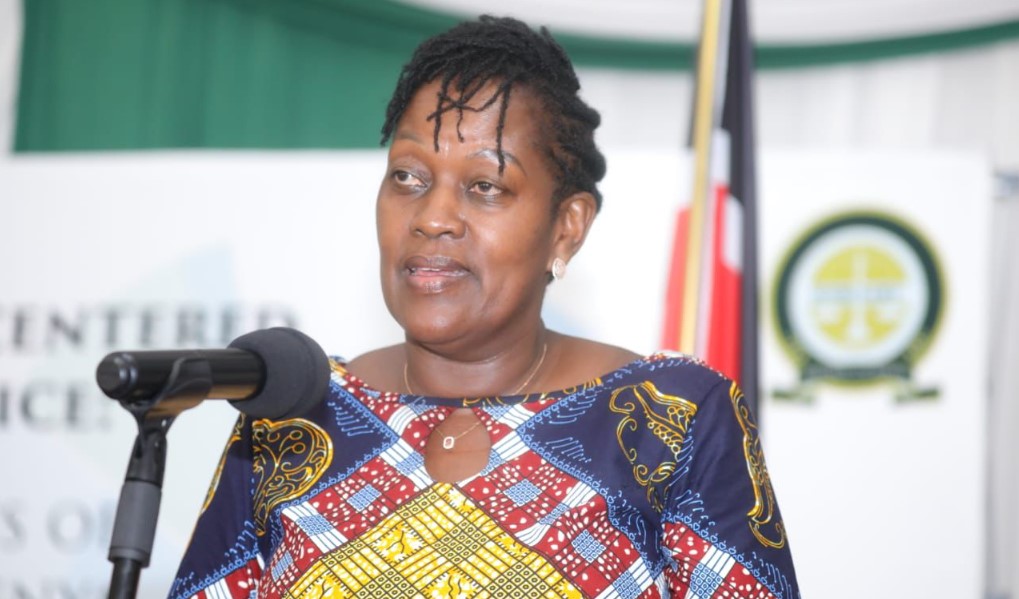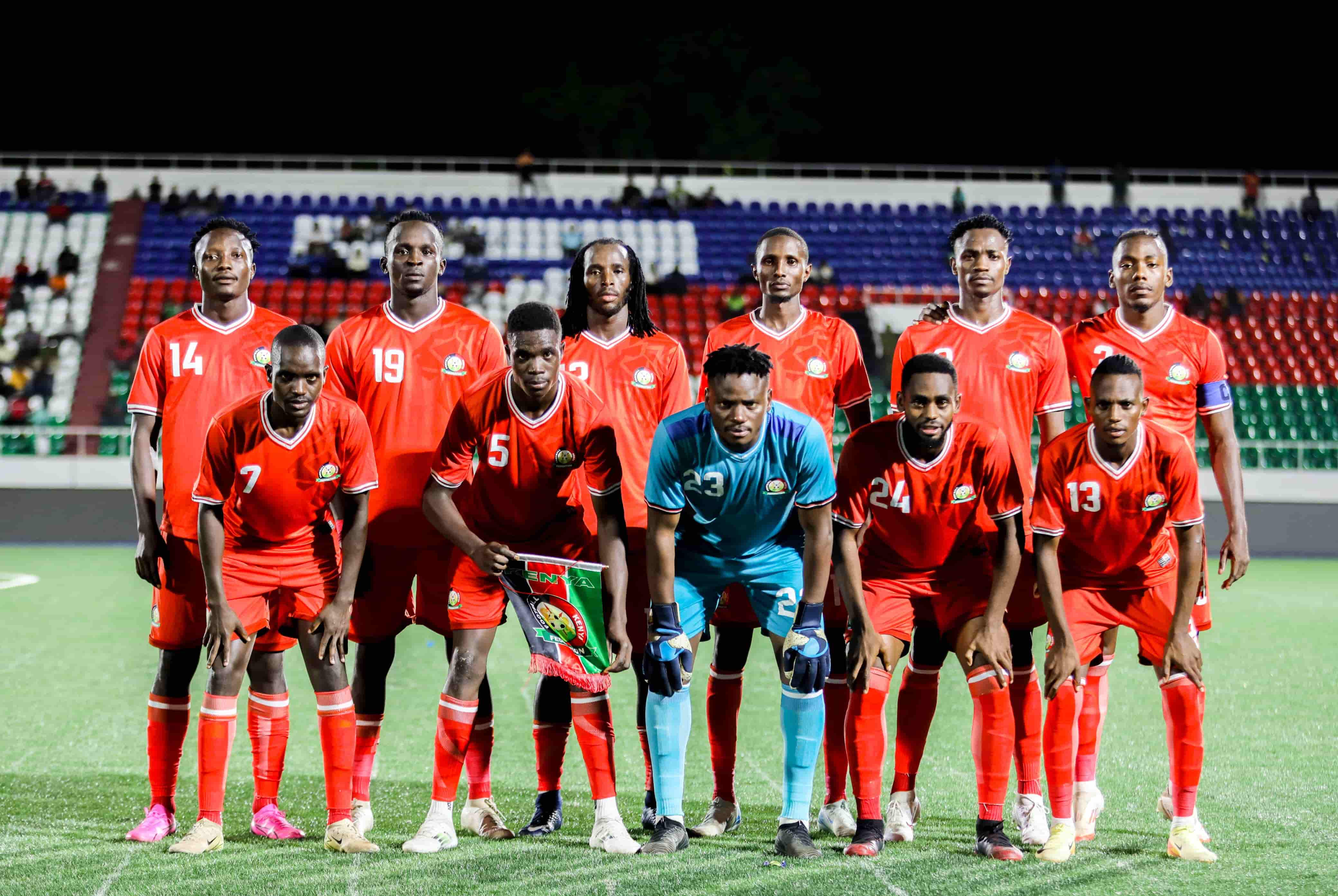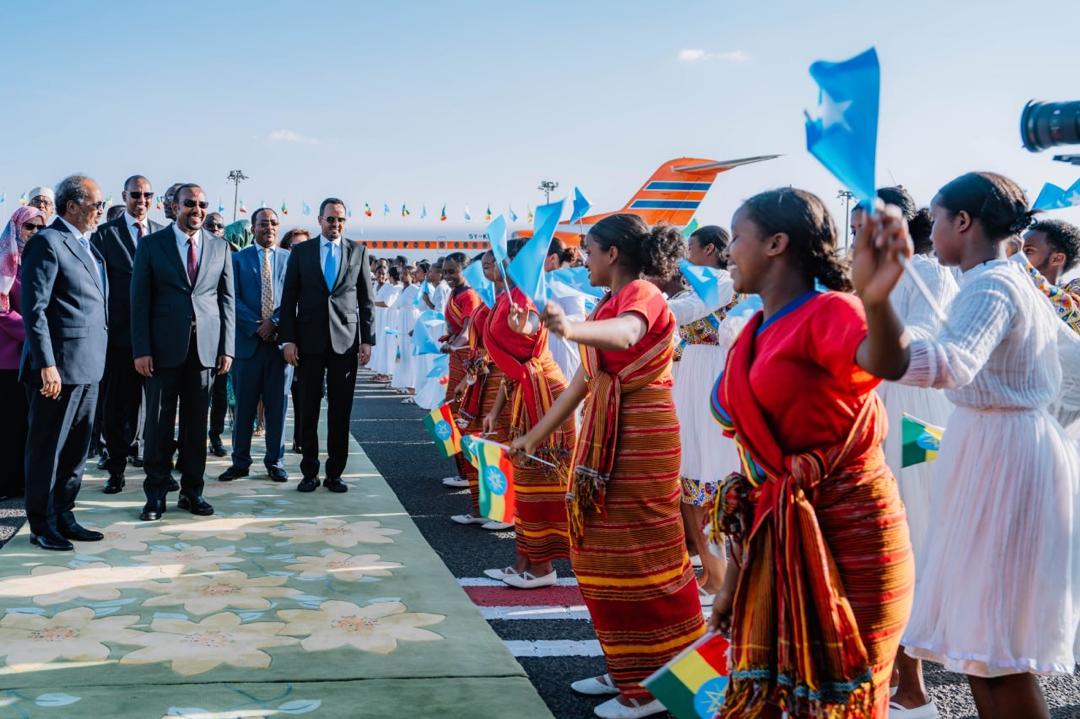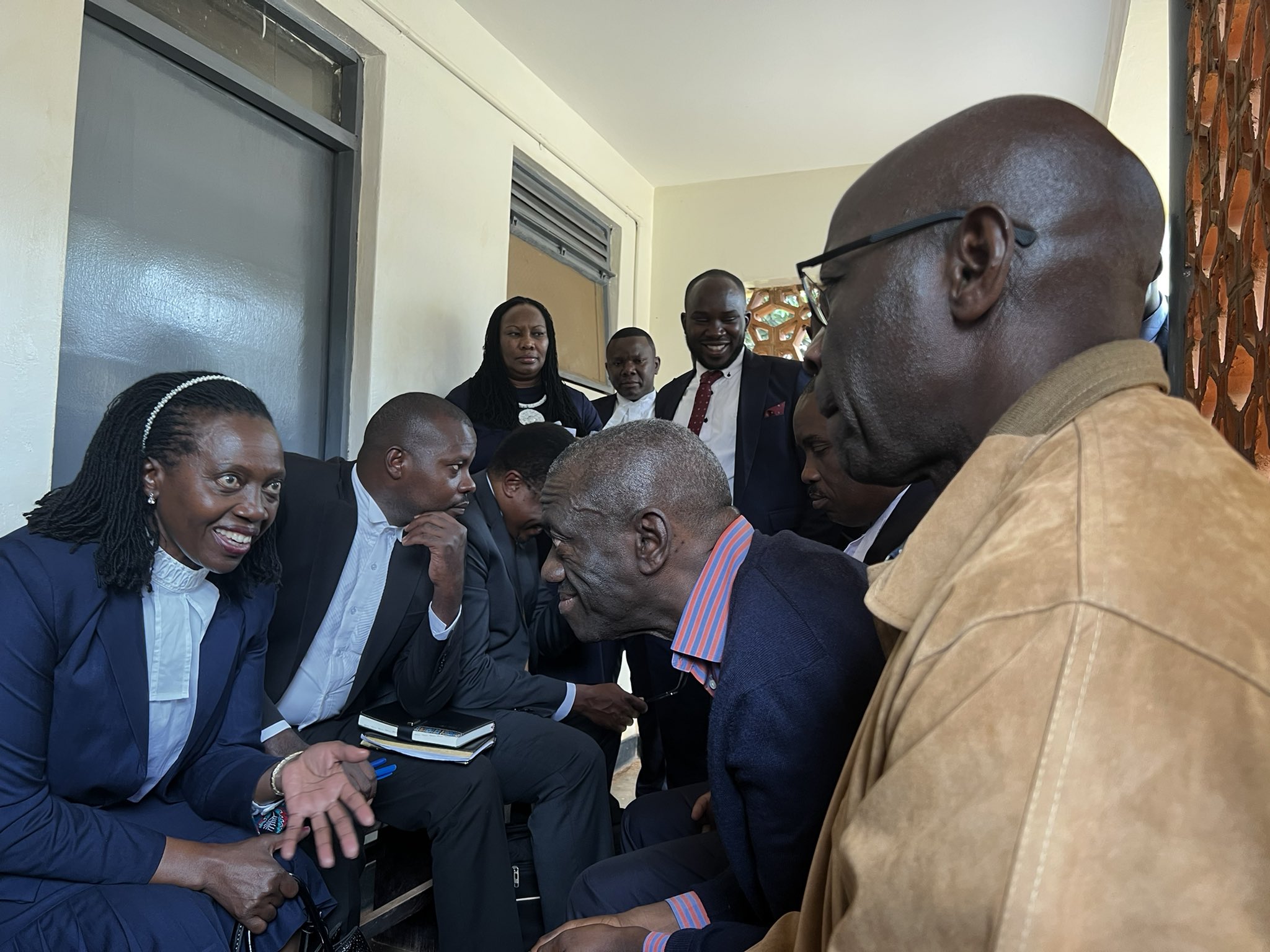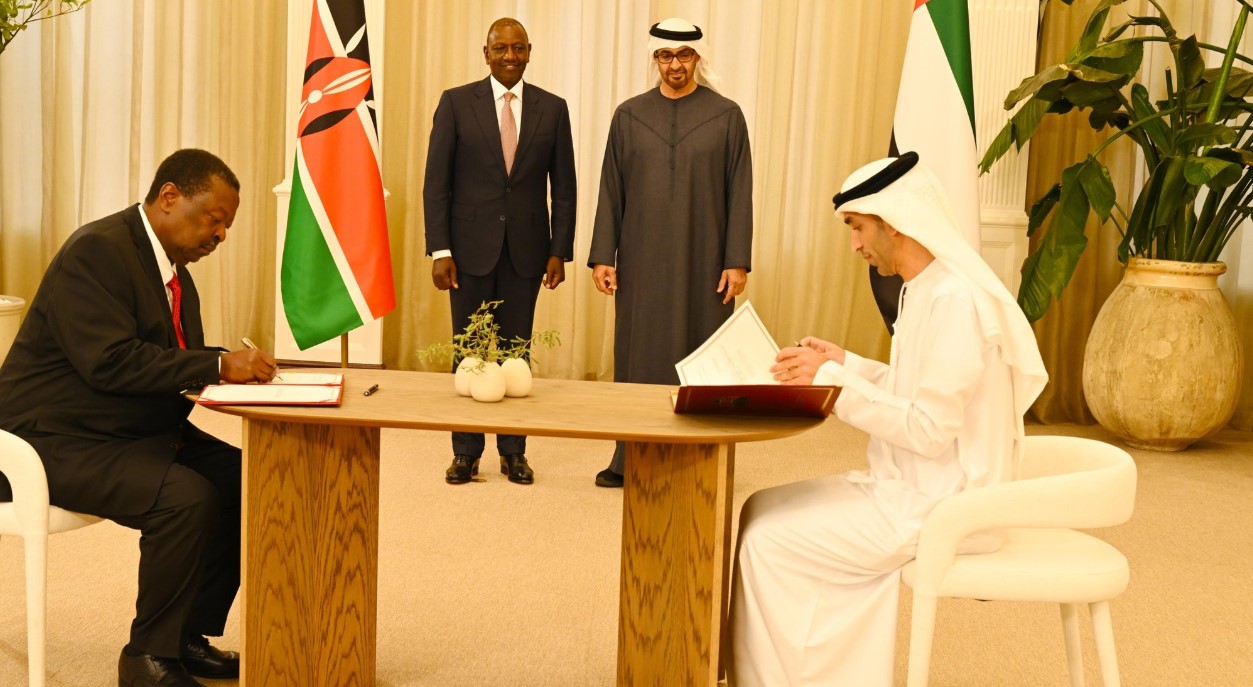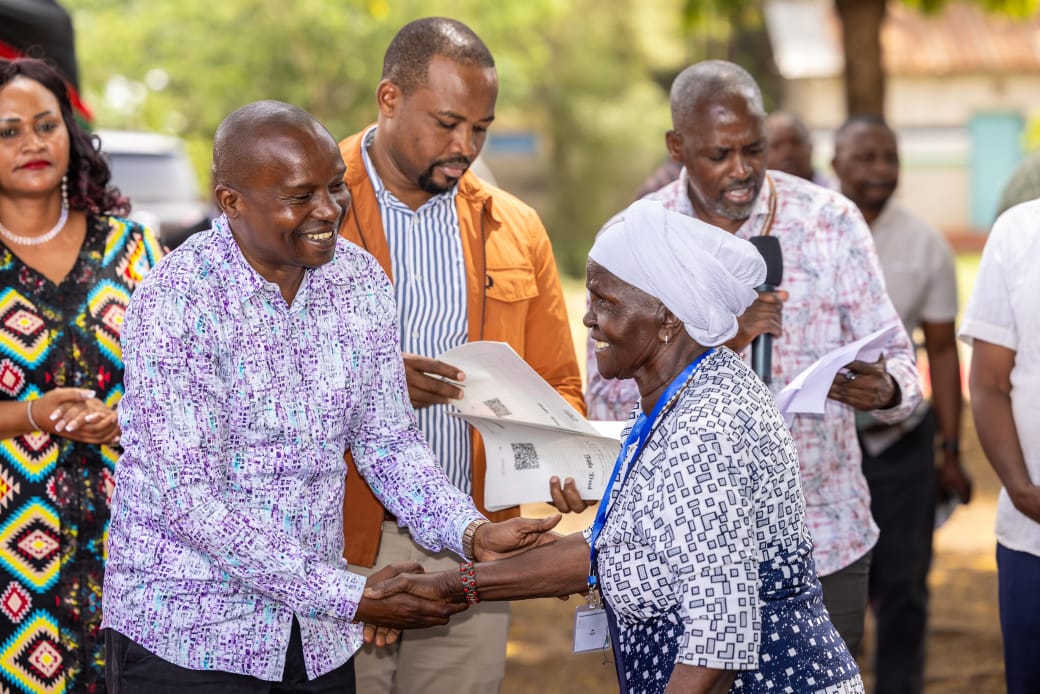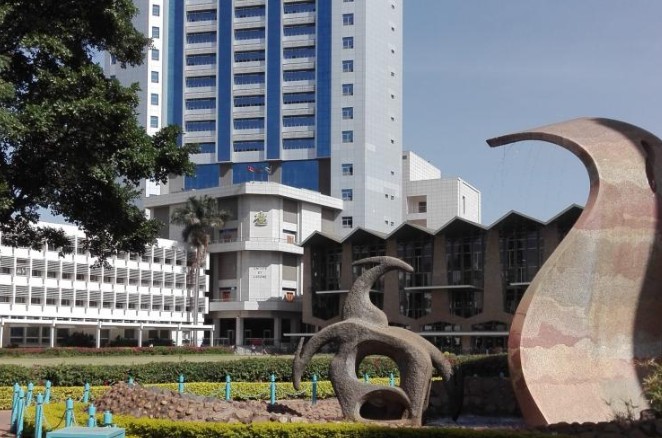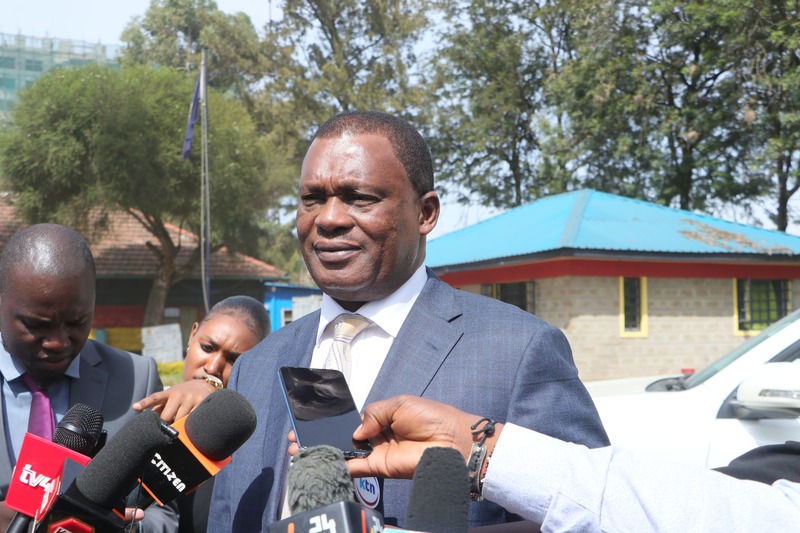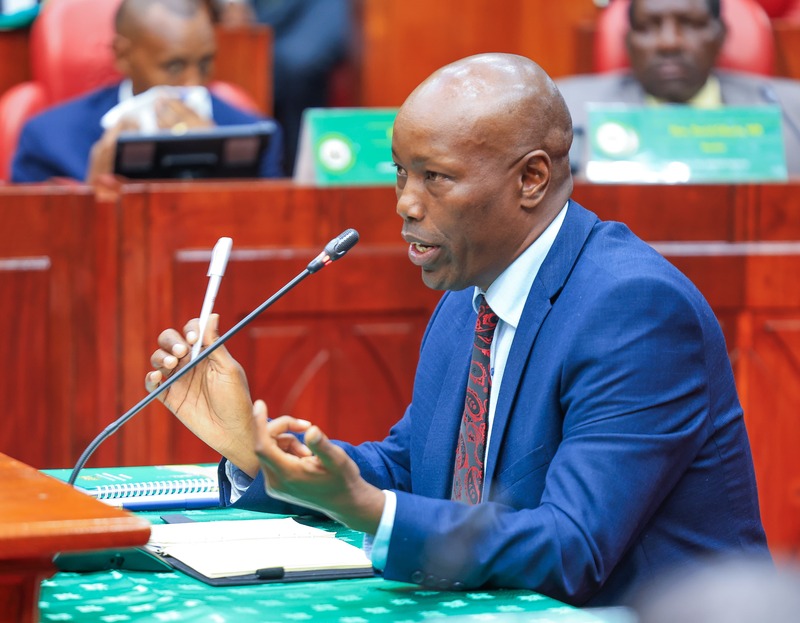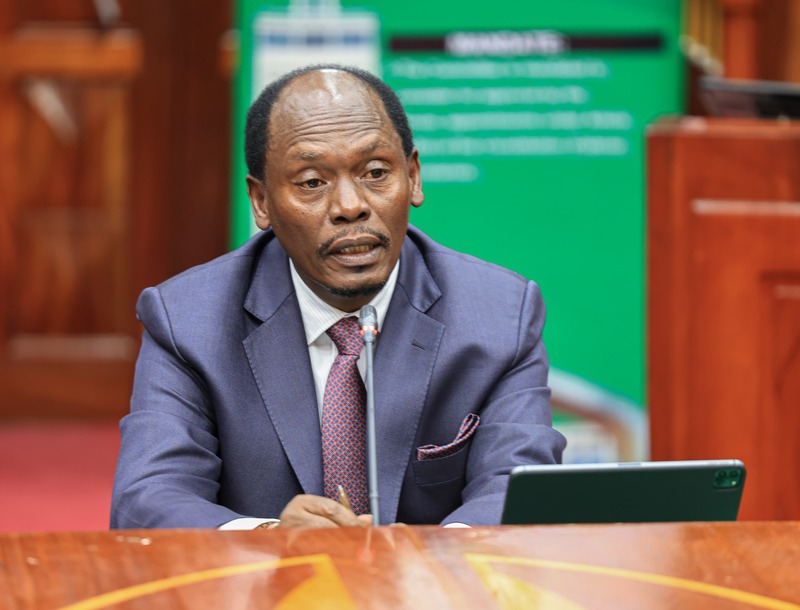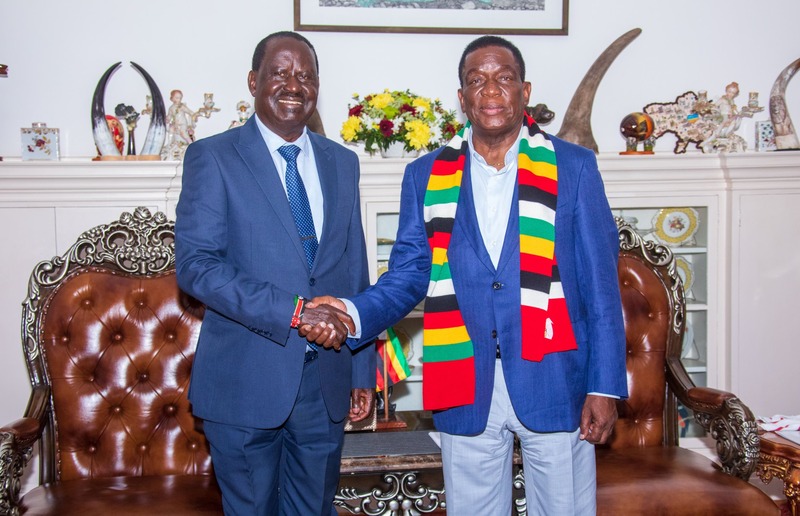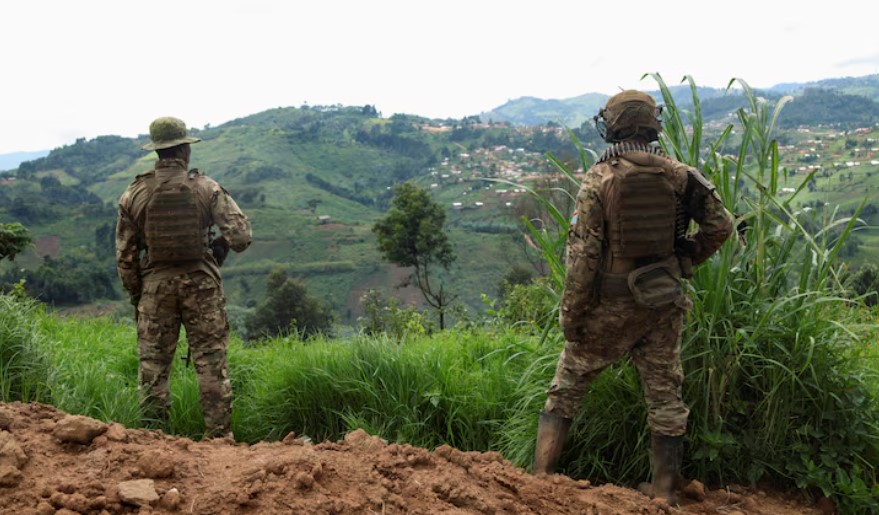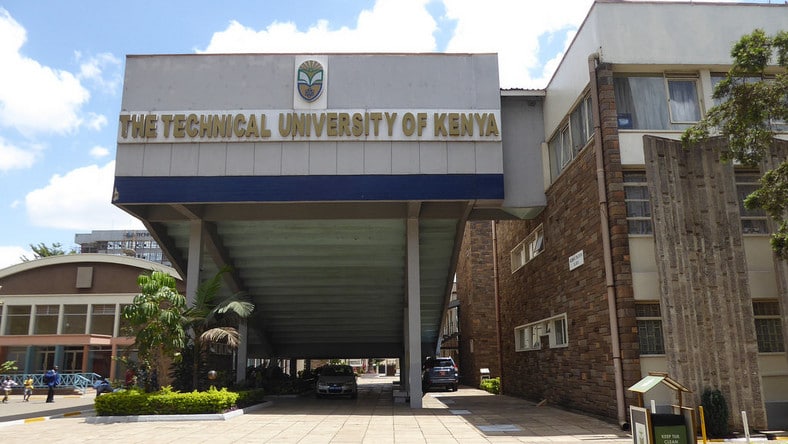Explainer: What the law says about the right to protest in Kenya
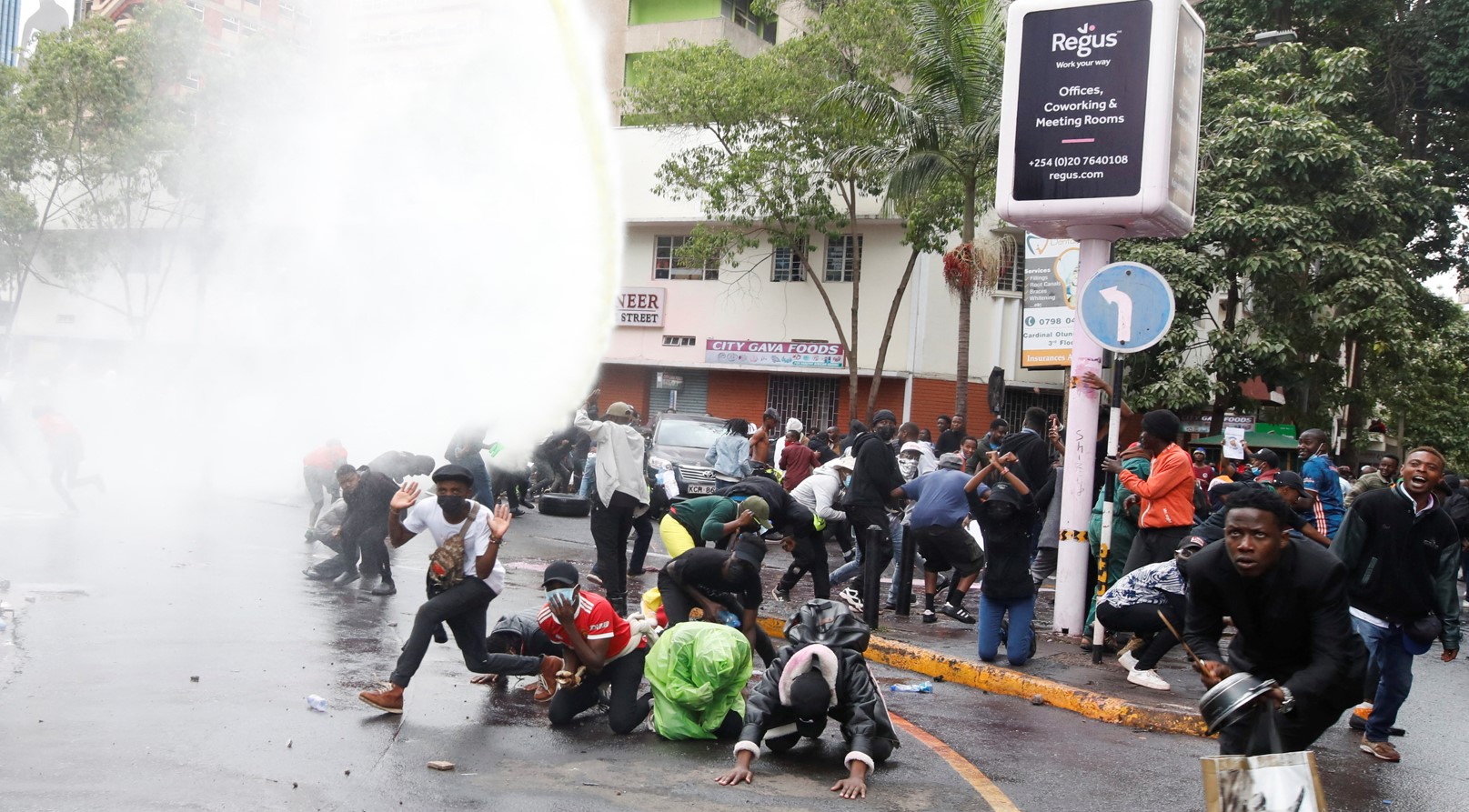
The right to protest consists of a group of rights guaranteed by both domestic and international law.
Across Kenya, thousands of mostly young citizens are protesting against tax proposals tabled by President William Ruto’s administration in its annual budget legislation.
Using hashtags like #RejectFinanceBill2024 and #OccupyParliament, protesters have held demonstrations against the finance bill since June 18, 2024. They believe its proposals burden salaried Kenyans, entrepreneurs and consumers. They argue that it goes against Ruto’s campaign promise to place the poor at the centre of economic policy, reduce taxes and lower the cost of living.
More To Read
In response to the protests, however, the police have used teargas, batons and water cannons to disperse people. Two protesters have so far died and hundreds have been injured. John Mukum Mbaku has studied the application of human rights laws in Africa, including Kenya, for over three decades. We asked him some questions about the right to protest in Kenya.
What laws govern public protests in Kenya?
The right to protest consists of a group of rights guaranteed by both domestic and international law. This includes the right to freedom of expression and the right to peaceful assembly. These rights are a critical part of the practice of democracy in Kenya.
The right to protest is entrenched in Kenya’s constitution under Article 37. It states that:
Every person has the right, peacefully and unarmed, to assemble, to demonstrate, to picket, and to present petitions to public authorities.
This right provides citizens with the wherewithal to inform the government of their grievances. It also represents one of the most important ways through which citizens can participate in their governance.
However, the right to protest isn’t absolute. Those who exercise it must not infringe unnecessarily on the rights of others, impede the operation of government, or endanger public order and safety.
There are other laws that regulate the nature of public demonstrations in Kenya. They include Section 5 of the Public Order Act. This law regulates public gatherings and forbids the holding of “a public meeting or a public procession” that’s not sanctioned by this section.
Anyone planning a public meeting or a public procession must notify the police commander of the nearest police station “at least three days, but not more than 14 days, before the event”.
International human rights law imposes an obligation on the state and its security agencies to enhance the ability of citizens to realise the right to peaceful assembly.
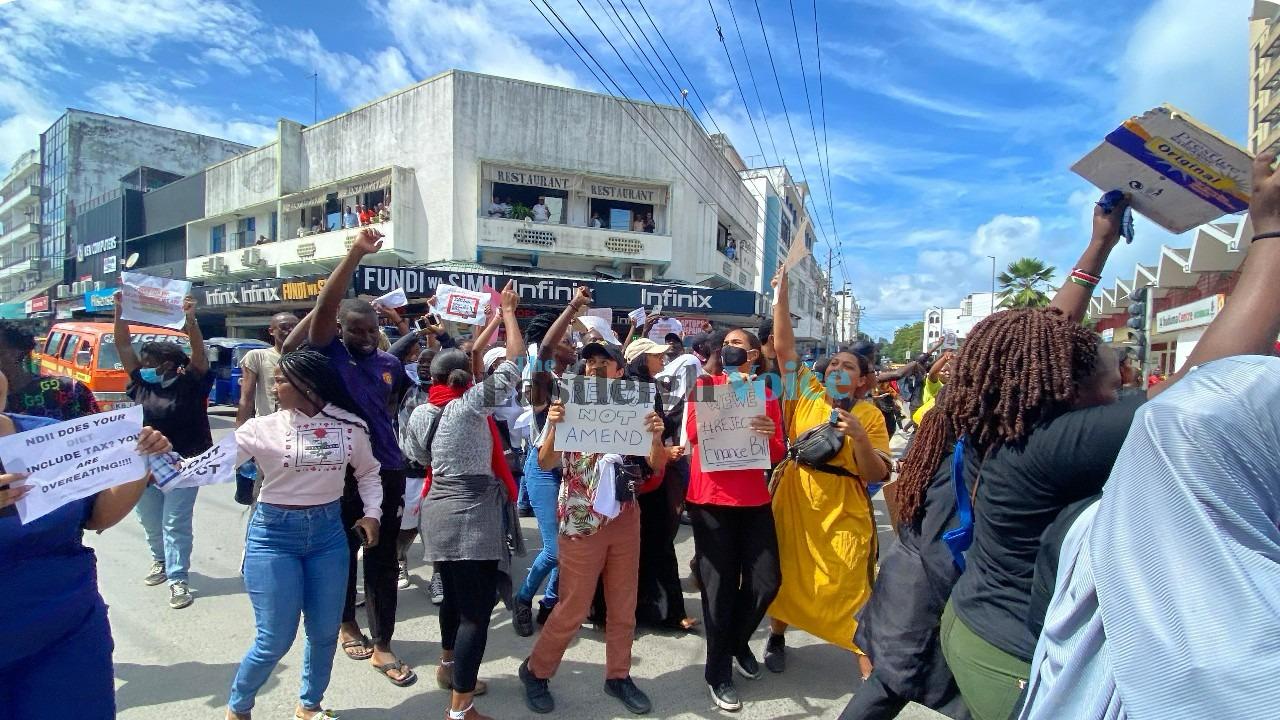 Mombasa residents protest against the Finance Bill, 2024 on June 20, 2024. (Photo: Farhiya Hussein, EV)
Mombasa residents protest against the Finance Bill, 2024 on June 20, 2024. (Photo: Farhiya Hussein, EV)
For example, according to the 1990 UN Basic Principles on the Use of Force and Firearms by Law Enforcement Officials,
In the dispersal of assemblies that are unlawful but non-violent, law enforcement officials shall avoid the use of force or, where that is not practicable, shall restrict such force to the minimum extent necessary.
Although not legally binding, the UN Basic Principles provide guidance for interpreting international human rights law. They also help UN member states ensure that law enforcement officials act in line with international human rights law.
Kenya ratified the International Covenant on Civil and Political Rights in May 1972. According to Article 21 of the covenant:
The right of peaceful assembly shall be recognised. No restrictions may be placed on the exercise of this right other than those imposed in conformity with the law and which are necessary in a democratic society in the interests of national security or public safety, public order (ordre public), the protection of public health or morals or the protection of the rights and freedoms of others.
Why do protests matter?
Protest is fundamental to the protection of human rights in a democracy like Kenya’s. Hence, it’s important that Kenyans, including their government, safeguard the constitutionally guaranteed right to protest for several reasons.
Public protests can empower Kenyans and help them realise that they aren’t alone in their efforts to petition the government to provide relief for their grievances.
Peaceful protests can force the government to include issues that are of interest to the protesting public in national policy debates.
Protests can enhance the ability of minorities to participate in governance generally and policymaking in particular.
Protests can function as a teaching tool, helping the government recognise, abolish or restructure “bad” or unworkable policies.
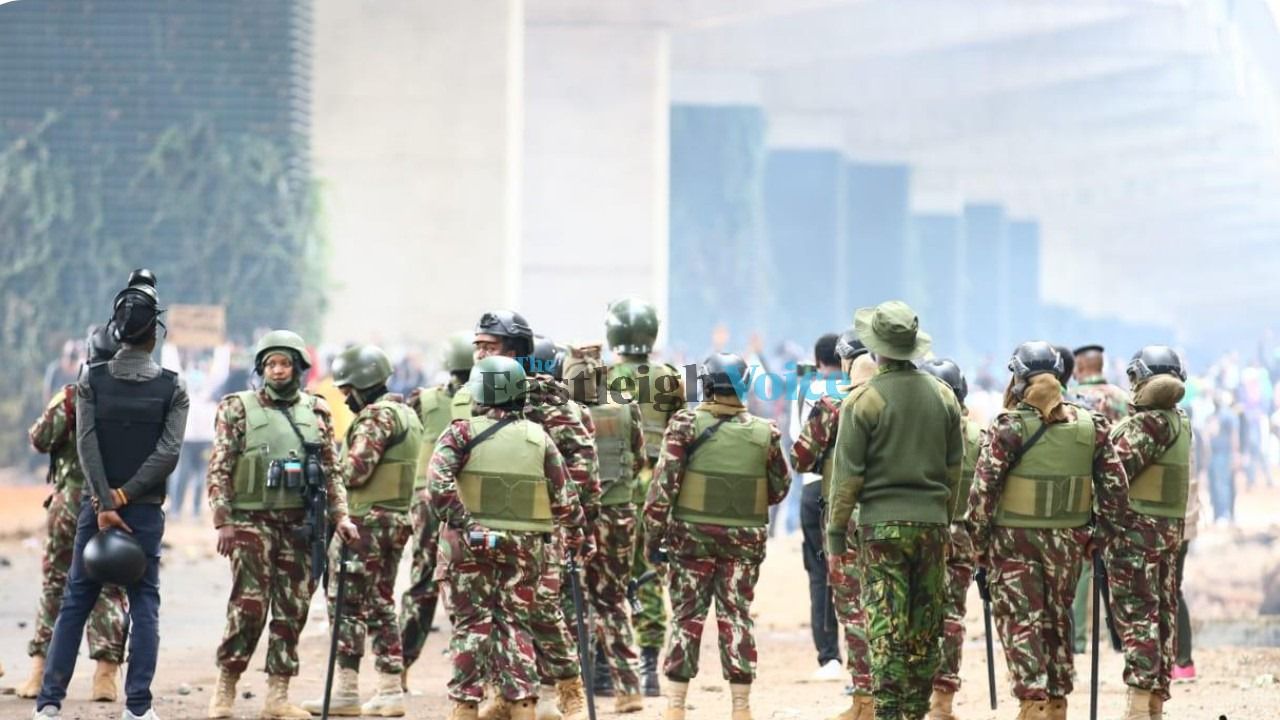 Police disperse anti-Finance Bill protesters in Mombasa on June 20, 2024. (Photo: Farhiya Hussein)
Police disperse anti-Finance Bill protesters in Mombasa on June 20, 2024. (Photo: Farhiya Hussein)
Protests can force politicians to keep their campaign promises and refrain from abandoning development plans that were used to attract votes and win elections.
Peaceful protests can give young people a way to insert new ideas into political discourse and help make governance more relevant to the lives of the people.
How have Kenyan courts interpreted and applied the right to protest?
Kenyan courts have developed jurisprudence on the right to assemble and to protest. While some court decisions have supported the right to protest, others appear to impose restrictions on citizens’ rights of free assembly and association.
For example, in Ngunjiri Wambugu v. Inspector General of Police and Others (2019), the high court directed the government: to formulate and/or amend the requisite laws and regulations to ensure that demonstrations are peaceful and held as per the Constitution including inter alia prescriptions for demarcation of demonstration zones, responsibilities for clean-up costs, maximum numbers, consents of persons/entities adjacent to demonstration zones with appropriate penalties when they go outside the expectations of the law.
Human rights advocates believe that this order violates the right to freedom of assembly under the Kenyan constitution. Although the creation of so-called “demonstration zones” may appear to protect the right to protest, their real effect may be censorship and an unjustified limitation on the rights to freedom of speech and assembly.
Establishing official zones for protests can defeat the democratic function of demonstrations. Protesters should be able to choose the venue of their activities to maximise access to their target audiences. For example, a protest against legislative corruption would be more effective if held in front of parliament buildings or at the very least, in their vicinity.
Given that the purpose of a demonstration is to draw attention to the organisers’ cause or grievances, location is an important element of the right to protest.
What must be done to enhance the right to protest?
While it’s important that the government regulates protests to minimise harm – such as deaths or damage to property – it must not impose criminal liability on peaceful protesters. Instead, security forces should work to enhance and ensure the peaceful conduct of public gatherings.
Most importantly, agents of the state must not engage in activities that roll back constitutional rights under the guise of peace and security.
Holding organisers of protests jointly liable for acts that they may not have committed is unfair, and could deter them from organising protests for fear of possible penalties if damage occurs.
Trending
